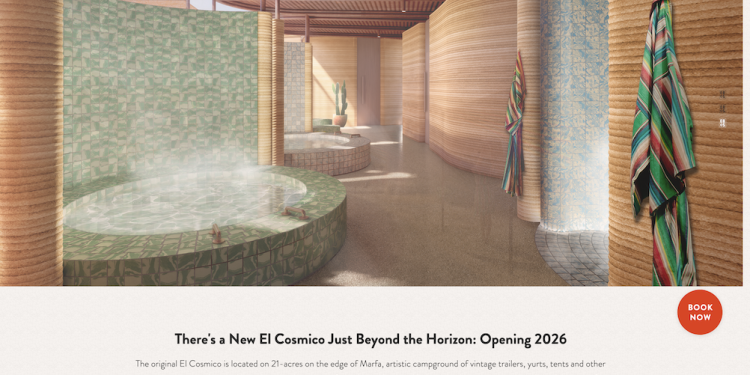MARFA, TEXAS — A new hotel construction is revolutionizing the architecture and engineering industries.
The hotel is the first of its kind in the world to be built entirely by a 3D printer. It is an expansion of the existing El Cosmico hotel and campground.
The location is right on the outskirts of Marfa, Texas. Named “America’s coolest art town” by Vogue, the West Texas town is known as the state’s contemporary art hub.
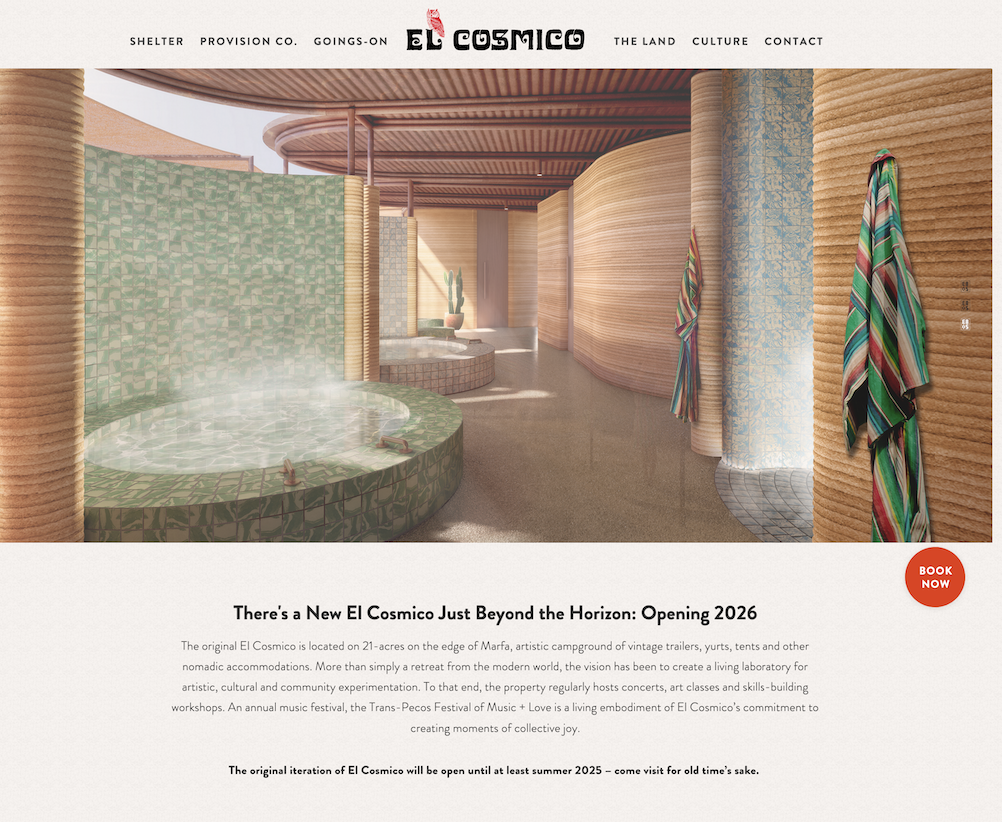
The hotel partnered with Austin-based 3D printing company ICON and architects Bjarke Ingels Group to build 43 more hotel units and 18 residential homes.
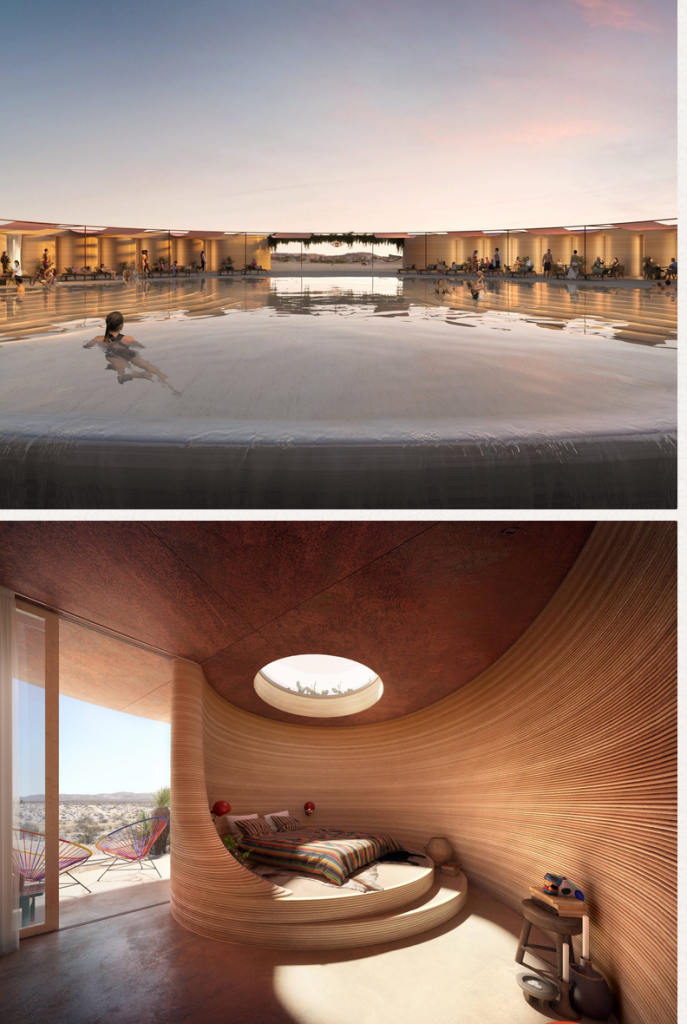
According to ICON, the BIG-Bjarke Ingels Group founder and creative director Bjarke Ingels said the 3D printer offered more artistic flexibility.
“By testing the geometric boundaries of ICON’s 3D-printed construction, we have imagined fluid, curvilinear structures that enjoy the freedom of form in the empty desert. By using the sand, soils, and colors of the terroir as our print medium, the circular forms seem to emerge from the very land on which they stand,” stated Ingels.
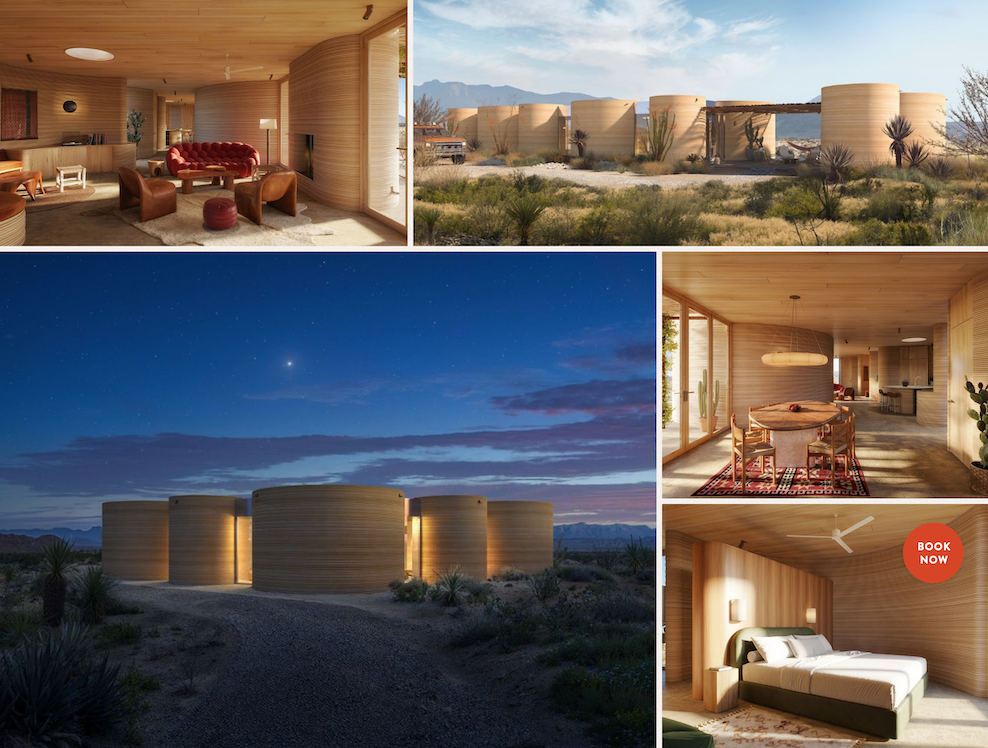
Founded in 2018, ICON has been using cutting-edge technology to build 3D-printed homes in Texas and Mexico. Among ongoing projects, ICON has been constructing 100 3D-printed houses in Georgetown, Texas and low-cost homes for the homeless in Austin.
Where is Marfa, Texas?
Established in 1883, Marfa in the northeast of Presidio County is at the junction of US Highway 90 and 67.

Since the 19th century, one of Marfa’s top attractions is its “unexplained phenomena” of mystery lights. According to the city, community members have reported seeing “sourceless lights dance on the horizon southeast of town, an area that is nearly uninhabited and extremely difficult to traverse,” which was about 9 miles east of town on U.S. 90, heading to Alpine. The mystery lights can randomly appear as red, white, or blue throughout the night of any season or weather.
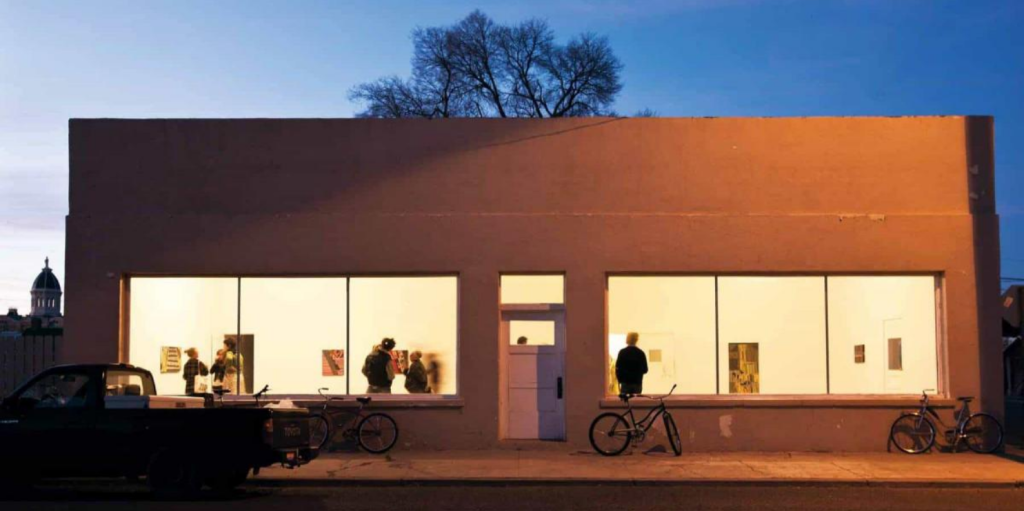
When minimalist artist Donald Judd moved to Marfa from New York, he bought an old army base and turned it into an art collection. He also established the “artist-centered” Chinati foundation there, “forever solidifying Marfa as a global art community” and attracting numerous artists to the small town. Now, the city is famed for its vibrant art scene, uniquely placed in rural West Texas.

